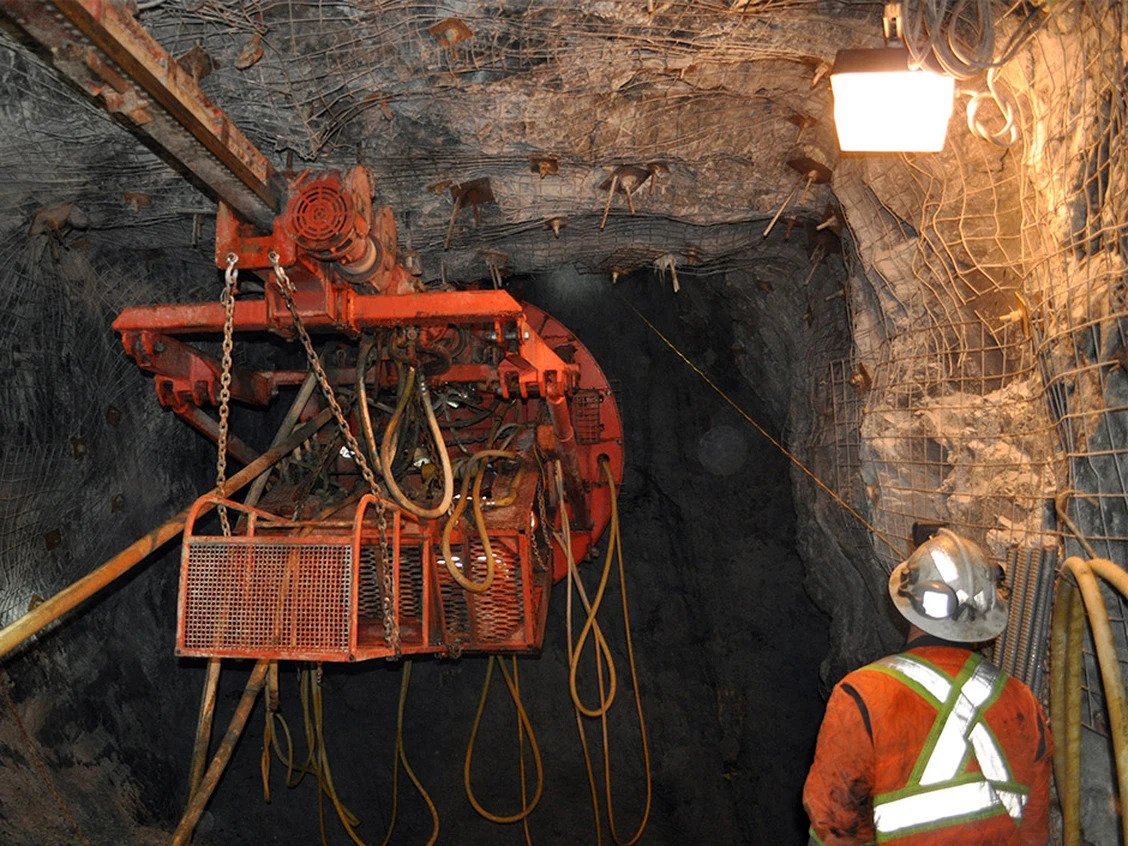Even before its meltdown, investors watching Rubicon Minerals Corp. could see some troubling warning signs.
Everything seemed fine on the surface. The company said in April that it was on track for first gold production at its Phoenix project in Northern Ontario in mid-2015. And in June, it did indeed pour its first gold.
Yet at the same time, Toronto-based Rubicon was saying very little in what should be a busy period. Its second quarter financials, which were filed to SEDAR in August with no accompanying press release, showed the company spent tens of millions more than expected in the quarter, leading some analysts to wonder what was going on. Sources said they had trouble getting detailed answers from the company.
Then in October, Rubicon announced out of nowhere that CEO Michael Lalonde was departing, and that the company had milling problems that were nearly a month old.
“You had some warning signs that things were not going well,” said Jason Mayer, a portfolio manager at Sprott Asset Management who sold his shares before the collapse.
Everything came to a head on Nov. 3, when Rubicon halted all underground work at the Phoenix project. The company acknowledged the geology of the deposit is more complex than previously thought and a new development plan is needed. The stock plunged 55 per cent, and there are now doubts about whether Rubicon will be able to finish construction without a large restructuring.
“There’s probably a deposit there they can mine and make money on,” said Brent Cook, publisher of Exploration Insights.
“But do I think the company’s salvageable? It’s nothing I would buy.”
At its peak, Rubicon was worth more than six dollars a share. It closed Monday at 16 cents. The company raised more than $700 million from investors, but is worth just $63 million today.
Rubicon’s meltdown is a cautionary tale for investors, because it didn’t come out of nowhere. Observers say there have been red flags hovering over the company for years, but they were overlooked by those who got caught in the hype of a hot gold story in a hot gold market.
Rubicon drew many high-profile investors, including the Canada Pension Plan Investment Board, entrepreneur Rob McEwen and gold mining giant Agnico Eagle Mines Ltd.
It gobbled up money on the capital markets — according to Financial Post data, the company raised more than $543 million through equity offerings. It also raised US$50 million in bonds from CPP, US$75 million from a gold streaming deal with Royal Gold Inc., and $70 million in a private placement with Agnico Eagle.
Rubicon did look like a near-perfect story: A high-grade discovery in Northern Ontario’s legendary Red Lake camp, home of the world’s richest gold mine. But this company had numerous skeptics, and they shared a concern about its strategy.
Put simply, Rubicon tried to rush a challenging project into production, and it skipped important steps along the way.
When a company wants to develop a mine, one of the first steps is to issue a preliminary economic assessment (or PEA) that lays out some key parameters, including production and cost estimates. Later, the company completes pre-feasibility and bankable feasibility studies that provide much more detail. These studies cost millions of dollars and can take many months to complete, which is frustrating for a junior company that is rushing to get its first cash flow.
Rubicon skipped those two latter stages. It went right from the PEA to construction, raising hundreds of millions along the way.
Skipping the feasibility stage is not unheard of, but it is highly unusual. Canadian miner Tahoe Resources Inc. built the Escobal silver mine in Guatemala out of a PEA, and today it is the world’s third largest silver mine. In that case, the company clearly didn’t need a more detailed study to build a successful mine.
On the other hand, Colossus Minerals Inc. was a well-known company that tried to build a gold mine in Brazil without a feasibility study, and it collapsed before ever reaching production.
Experts suggested that Rubicon’s Phoenix project was not well-suited to this approach. It is a narrow-vein deposit located in the Canadian Shield, where gold structures tend to be variable, with pockets of very high-grade gold and other pockets with far less. By comparison, Tahoe’s Escobal has more consistent mineralization.

